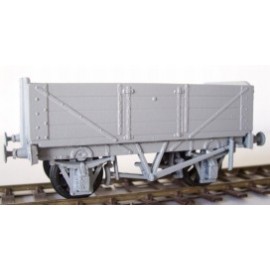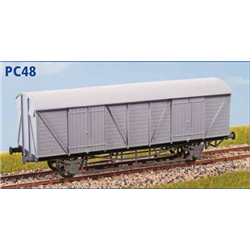In theory, OO gauge can be used outdoors, modern nickel silver track, although will require a lot of cleaning, will...
No products
Product successfully added to your shopping cart
There are 0 items in your cart. There is 1 item in your cart.
Search Tips
Christmas and New Year
We are dispatching orders every weekday apart from Christmas Day, Boxing Day and New Year's Day.
If you order is time critical, select next day delivery at checkout.
The shop in Sandown is closed from 25th December, reopening on 30th December.
Are ready to run wagons better than kits?
Ready to run kits are good if your modelling skills are limited, simply buy and add to your layout. You also know the finish will be good and they will be square and run correctly.
But many railway modellers prefer to build them and add their own livery with the help of a wide choice of decals. You can have the livery you want and if creating a rake of wagons, different numbers on each of them. You are not reliant on manufacturers releasing what you want.
When building them yourself, there is also a saving to be made, as ready to run wagons are slightly more expensive.
Plus you get the satisfaction of knowing that you made them yourself.
If you are just setting out in the world of railway modelling, I would suggest having a go with a kit as it is very rewarding and will give you an understanding of the component parts that go in to your rolling stock.
Click here to receive the tips weekly in your mailbox. You can unsubscribe at any time.










